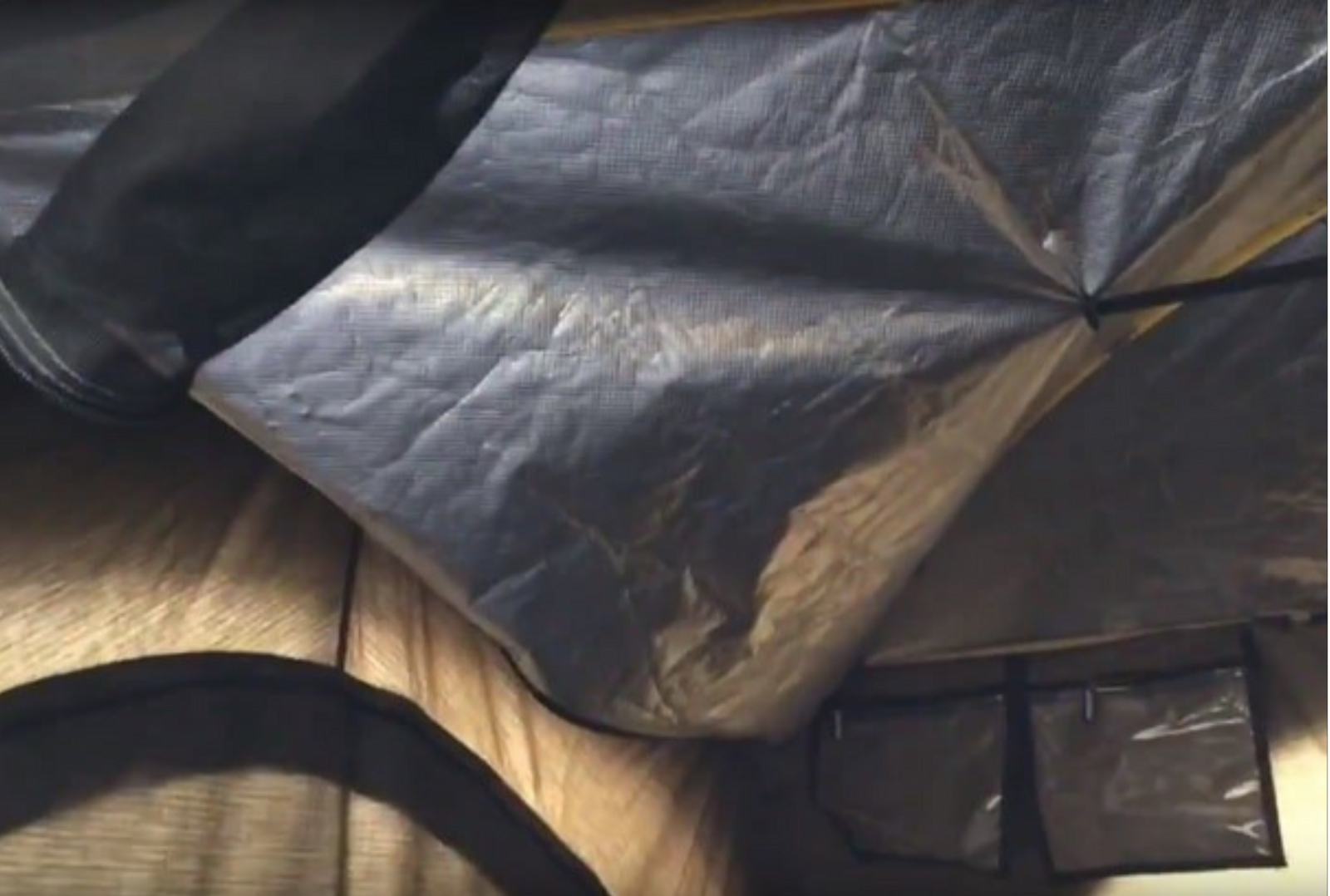Even when you keep your plants indoors, they still endure temperature fluctuations. It’s important to maintain an optimal temperature for your plants. Temperatures that are too high or too low affect plant growth, which is why a solid insulation system is key to success.
A poorly insulated room leaves your grow tent susceptible to the effects of outdoor weather. Heatwaves and winter temperatures can both adversely affect growth. Know the ideal temperatures for your plants throughout the grow cycle and keep a digital thermometer in your tent. Climate control is vital for a healthy growing environment, so once you notice temperatures rising or falling, it’s time to look into insulation.
Unfortunately, grow tents do not provide as much insulation as a grow room. However, there are many steps you can take to protect your plants despite this. While it may take a little extra work, it’ll be worth it for maximum yields.
Below, we’ll outline some of the most effective ways you can insulate your grow tent.
1- Keep Your Grow Tent in an Insulated Room
If your grow setup is in a drafty room, you’ve already set yourself up for a challenge battling the elements. If at all possible, place your grow tent in a room that already has good insulation –this will make it all the easier to keep temperatures consistent.
If you have a basement with insulated floors, this is a good option. Earth is a great natural insulator, although maintaining good airflow and ventilation may be more challenging. In general, rooms with thicker walls will provide more protection from cold air. Rooms with thick curtains also help with insulation as they cover glass windows, which are notorious for causing rises and dips in temperature.
In general, try to avoid rooms above your garage, especially during the colder months. Unheated ceilings lose a lot of heat. Attics are also poorly insulated.
If your grow tent has to be placed in a poorly insulated room, all hope is not lost. There are still plenty of ways to keep temperature stable –it just might take a little extra effort.
2- Invest in a Quality Tent
Not all grow tents are created equally. The higher quality your tent, the better job it will do at insulating your plants. Unfortunately, most grow tents don’t have built-in insulation, but getting a grow tent with a thicker thread density helps maintain temperature.
At Grozeebo, however, all of our Grozeebo Pro tents are encapsulated with sewn-in insulation, even on the zip-up door. This helps you keep your temperature consistent, prevents moisture condensation, and even reduces noise caused by fans and air pumps.
3- Keep Your Floors Insulated
Floors can detrimentally affect your growing space, especially if they’re at ground level. It’s best to place your plants on carpeting. However, if you do not have carpeting in your home, thick rugs can also be a solid substitute.
For extra insulation, do not set your plants on the floor at all. Place them on upside down trays and pots. A little space between the plants and the floors helps increase insulation in any indoor growing setup.
4- Wrapping Your Grow Tent
Again, most commercial grow tents do not have built-in insulation. However, there are plenty of materials you can wrap around your tent for added insulation, most of which you can purchase at any hardware or home improvement store. While an insulated grow tent would be ideal, the below options can help keep temperature consistent.
Thermal shielding is one of the best choices for insulating your tent as it keeps infrared light from leaking out of your grow room. Thermal shielding or bubble wrap are both great options and relatively easy to install. Make sure, when wrapping your tent, you seal any gaps with protective foil tape to prevent heat leakage.
Rockwool is one of the best insulation wraps available. Just make sure you handle it with gloves and a mask, as it causes skin irritation. Polyfoam is a cheaper alternative, although it doesn’t provide as much insulation. However, you can double up on layers if necessary.
Expanding foam is another lower cost choice, although it’s not a wrap. It’s a foam you spray on the outside of the tent. It may not provide much insulation on its own, however, but it can work well when used in conjunction with other options. However, make sure you check your tent’s user manual. Some foams and sprays may be harmful to a tent’s fabric.
Conclusion
Insulation is vital to any grow tent, especially if you have to keep your tent in a room that’s more exposed to the elements. Temperature fluctuations can have a negative impact on your yield, so it’s important to monitor temperatures closely and adjust accordingly.
The absolute best option is to go for a tent with built-in insulation. However, most commercial tents do not come with this feature. If your tent is not insulated, make sure to take extra precautions. While insulation can often feel like an uphill battle when using a grow tent, the above methods should help you keep your tent at the optimal temperature all year round.
Interested in maximizing your yield? All Grozeebo Pro tents come with sewn-in insulation, which makes maintaining ideal temperature easy and helps your plants thrive.

